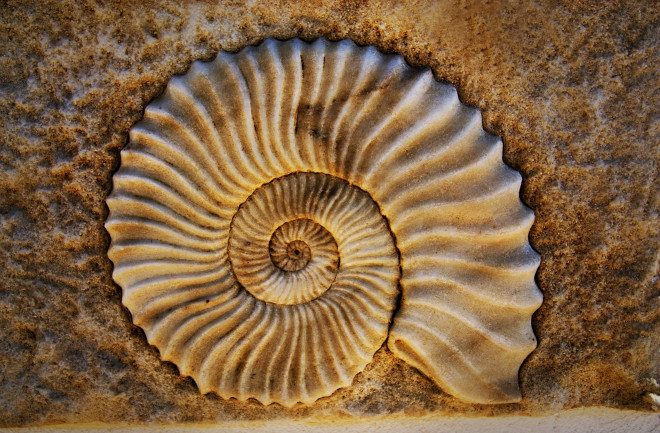Most everyone has wondered, at one time or another, what it would be like to live alongside dinosaurs. It’s been a fruitful avenue for imagination since at least the 19th century, when naturalists realized that fossils were the remains of lifeforms they’d never have the pleasure of seeing in the flesh. Jules Verne’s 1871 novel Journey to the Center of the Earth, in which an eccentric German scientist descends into the planet’s bowels and encounters archaic creatures, is the perfect expression of this fantasy.
But if you want to meet living relics of the distant past, a journey around the surface of the Earth may be just as good. Many still-living species — some familiar, some obscure — were once just as much a part of the prehistoric menagerie as any extinct animal. Many have changed relatively little since their origins in antiquity, at least in broad terms of appearance — every organism is constantly evolving, if only subtly. But generally speaking, they got it right the first time, and that’s why they survived.

